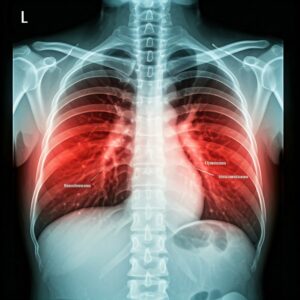
Did you ever play baseball when you were a kid? When you first learned how to strike, your coach must have told you that to produce a forceful strike, you have to use your legs, waist, and arms together. The same applies in swimming. Even though you have strong muscles in your lower extremities, it doesn’t mean you are a fast swimmer; you need to learn how to move your arms and legs in a coordinated way to generate thrust efficiently. For humans, any physical activity requires coordination. This is how our body saves energy, generates higher power, and improves efficiency.
Breathing, as the second-longest-lasting activity during a human life cycle (the heartbeat is the first), accounts for approximately 2-5% of the total oxygen consumption at rest. This percentage appears relatively small when compared to other organs such as the brain and heart, which consume 20% and 12% respectively. However, it increases dramatically during exercise, and especially in individuals with severe lung diseases, the oxygen consumption related to breathing can be as high as 50% of the total oxygen intake. This is why it is crucial to understand how to manage your breathing and make it more efficient when it impedes your ability to enjoy your daily routines.
To understand the importance of body coordination in breathing, let’s examine an interesting experiment conducted by Dennis Bramble and David Carrier. While observing mammals, they noticed a coupling of breathing and gait in quadrupeds, with the ratio of breathing to gait usually remaining constant at 1:1. Subsequently, they designed an experiment to explore the relationship between breathing rate and gait in humans. This study recruited both experienced and amateur human runners and analyzed their breathing and gait during short and long-distance runs. The findings revealed that experienced runners could quickly synchronize their breathing with their gaits, often within the first several strides. Conversely, amateur runners took longer distances to determine the appropriate ratio and align their breathing patterns with their gaits. Interestingly, unlike quadrupeds, humans adapt to a wide range of ratios, ranging from 1:2 to 1:4, and a 1:1 ratio is not common. Even as runners slow down, the relationship between breathing and gait remains consistent for a period of time, until the body fully recovers. The key takeaway from this study is that the pattern of breathing must align with the demands of physical activities, and coordination between breathing and body movements (such as gait in this case) can be improved through training.



